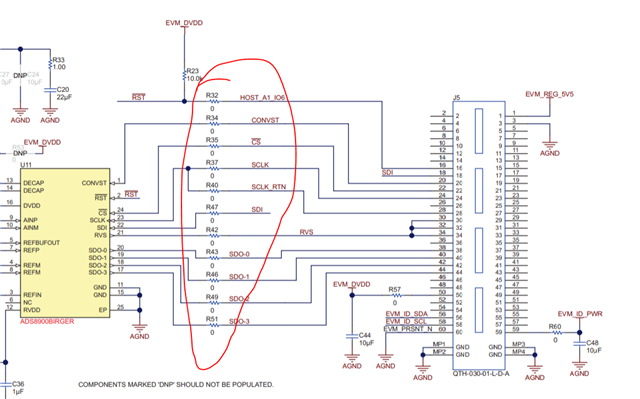Other Parts Discussed in Thread: OPA625, THS4551
Hello TI Team,
I ordered two ADS8900BEVM-PDK evaluation boards from digikey at the end of july 2021 and unfortunately received the revision A which has no test point header connector to access the ADC without the control board (PHI controller) to interface for example with an FPGA (which is the case in the project I am working on ).
The first problem I am facing is that I could not find a corresponding user guide document on TI website for revision A to understand the differences between the two board revisions and to find out if it is also limited to the test point header.
www.ti.com/.../ADS8900BEVM-PDK
Could you please send me a link to revision A documents and advise me how to connect the ADC board to interface with an FPGA.
Many thanks in advance.
Best regards,
Muneer



